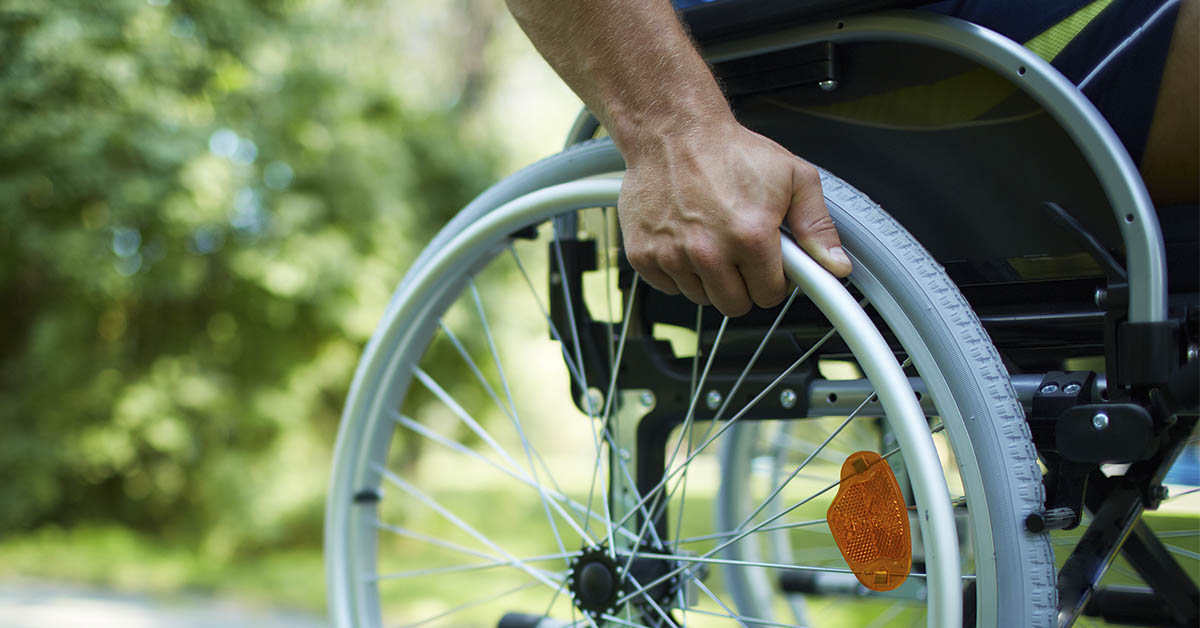In Maryland, a remarkable act of compassion and innovation unfolded when a high school class helped a disabled father enjoy walks with his newborn. Jeremy King of Germantown had undergone brain tumor surgery in 2017, which affected his mobility. When he and his wife Chelsie were expecting their first child, they faced a heartbreaking challenge. Jeremy could not find a safe or practical way to take his baby for walks. Chelsie, a teacher at Bullis School, brought the issue to her colleagues, sparking a life-changing school project. Bring on the invention that makes accessibility to wheelchair strollers easy.
A Classroom with a Mission
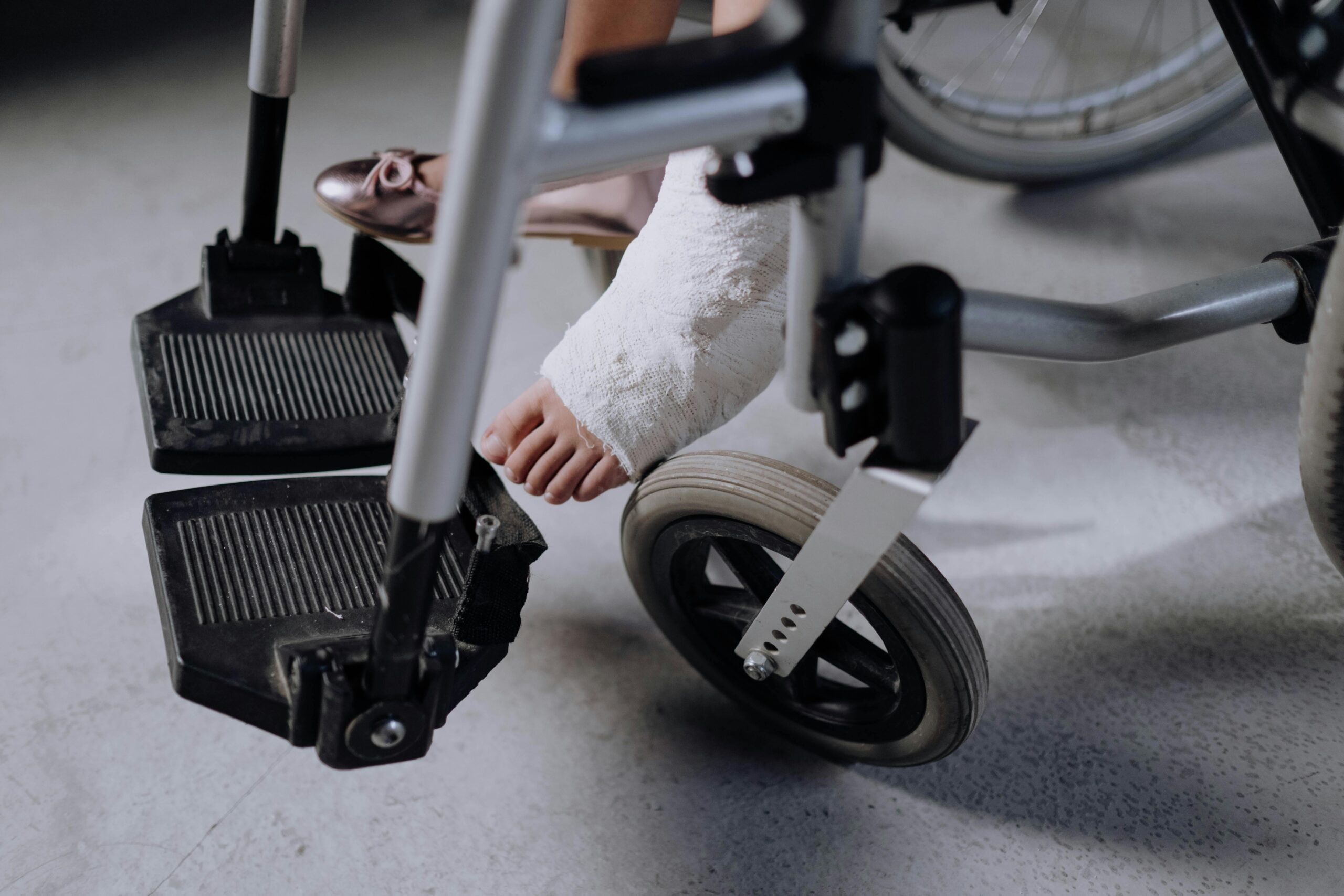
The project was adopted by Matt Zigler, a teacher at Bullis School who leads a class called “Making for Social Good.” The course challenges students to build real solutions for real-world problems using design thinking. When Chelsie shared her husband’s situation, Zigler saw an opportunity for students to apply their skills with empathy and creativity. The class took on the challenge of designing a wheelchair-compatible stroller system, giving them a powerful reason to learn and innovate.
Understanding the Problem
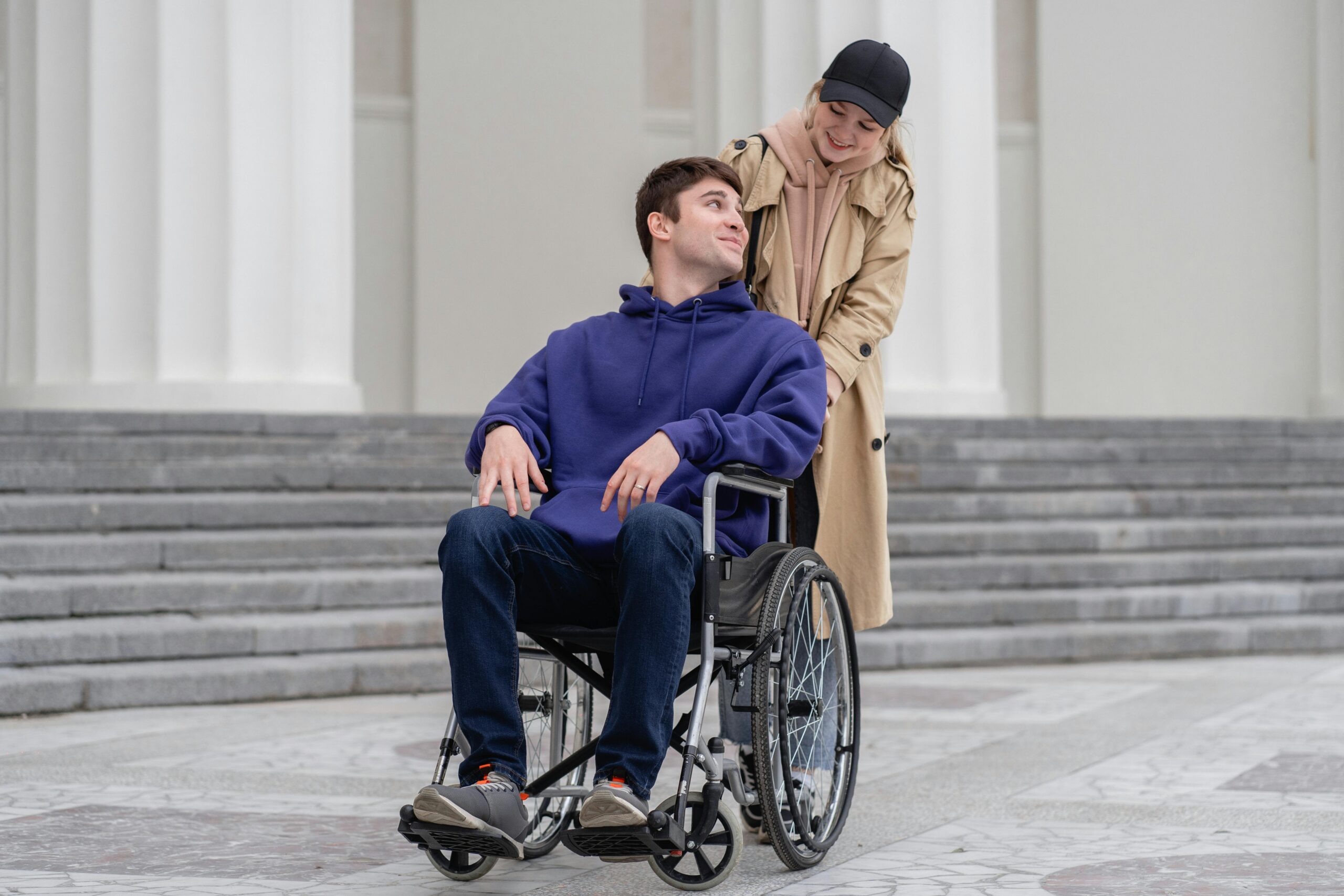
Before picking up any tools, the students began by researching the needs of disabled parents and the specific limitations of wheelchair use. They interviewed Jeremy and Chelsie and consulted a local firefighter trained in car seat installation to ensure the baby’s safety would be a top priority. The students learned that standard strollers were not designed to connect securely to wheelchairs, and no affordable commercial alternatives existed. Their challenge became one of both safety and accessibility.
Exploring Creative Solutions
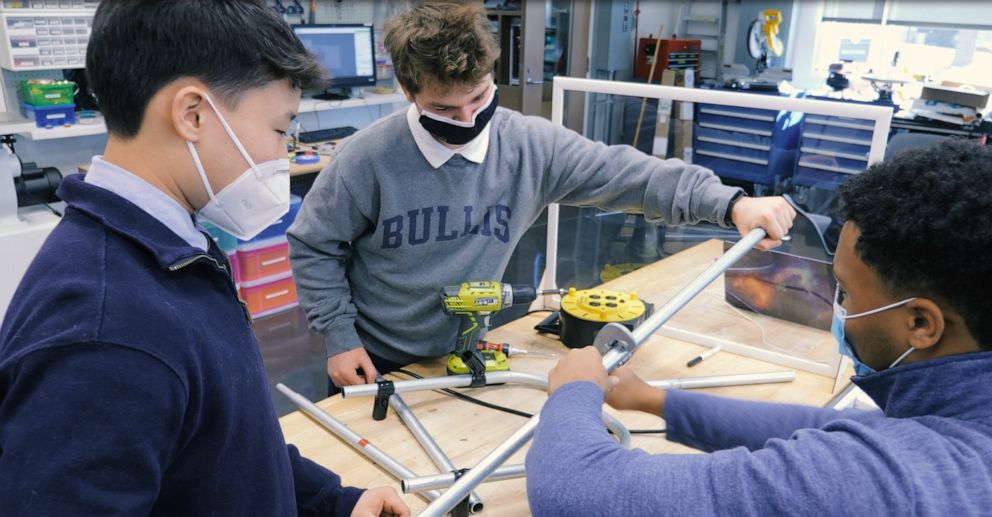
The class was split into two design teams to develop different solutions. One group focused on creating a custom mount that would allow a baby car seat to safely attach to a wheelchair. The other group worked on a way to connect an entire stroller to the chair in a way that would allow easy maneuvering. Both groups used 3D modeling and prototyping tools available in the school’s MakerSpace. They built their designs to be modular, adjustable, and easy to replicate.
The Making of the WheeStroll
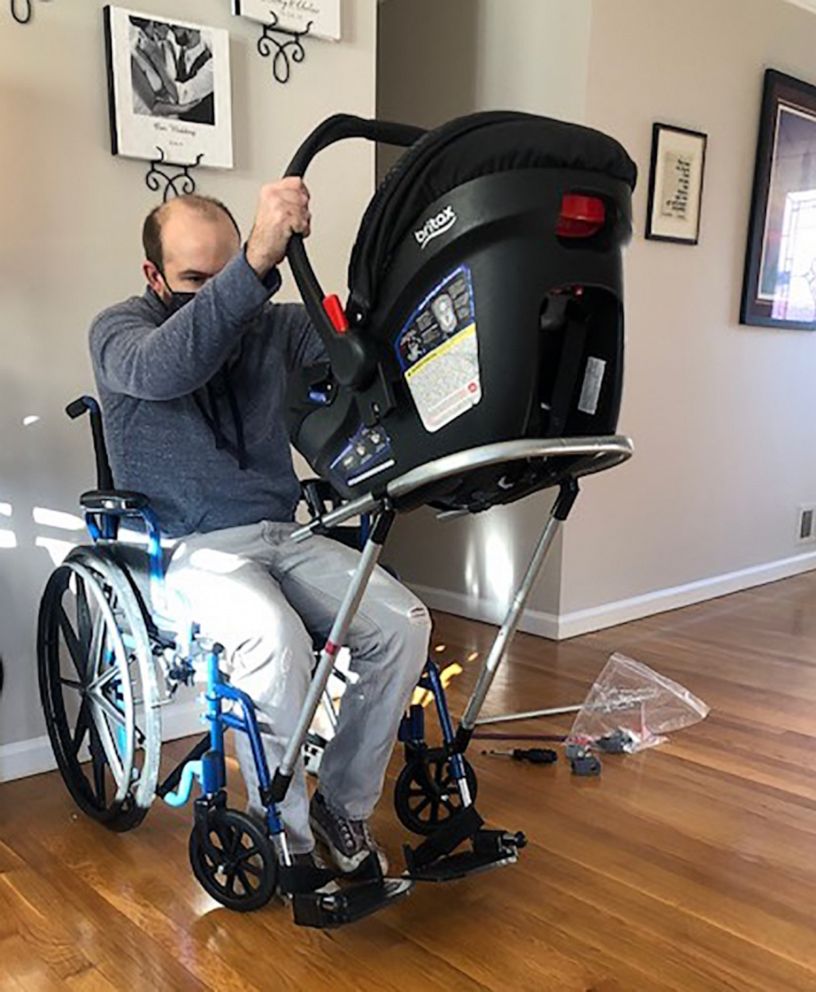
After weeks of development and testing, the students completed two working prototypes. They named the invention the “WheeStroll,” a combination of “wheelchair” and “stroller.” The designs included a detachable stroller frame and a secure car seat mount. The team tested the devices using a spare wheelchair and weighted blocks to simulate real-life conditions. Their final product was strong, stable, and safe enough to support an infant during a walk.
Bringing the Vision to Life
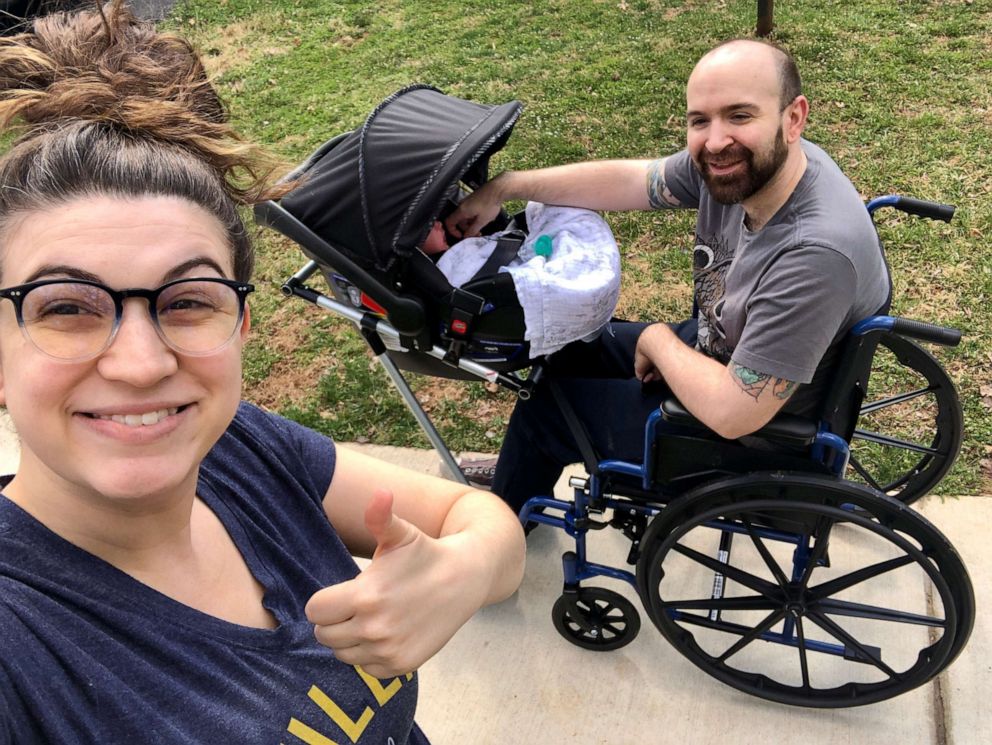
Jeremy and Chelsie welcomed their son Phoenix on March 4, 2021. Just days later, Jeremy was able to take his newborn out for a stroll using the custom-built WheeStroll device. He described the experience as profoundly emotional, noting how important it was to feel included as a father. The project had restored not only mobility but also dignity and independence. For Jeremy, the WheeStroll was more than an invention; it was a gateway to bonding with his child.
Sharing the Innovation

Recognizing the value of their work, the students made the WheeStroll designs open-source so that anyone with basic tools and skills could build their own. They shared tutorials and plans online to ensure other families facing similar struggles could benefit. The low-cost design made it especially accessible for people who might not be able to afford specialized equipment. By doing so, they extended the impact of their classroom far beyond their own community.
Recognition and Praise
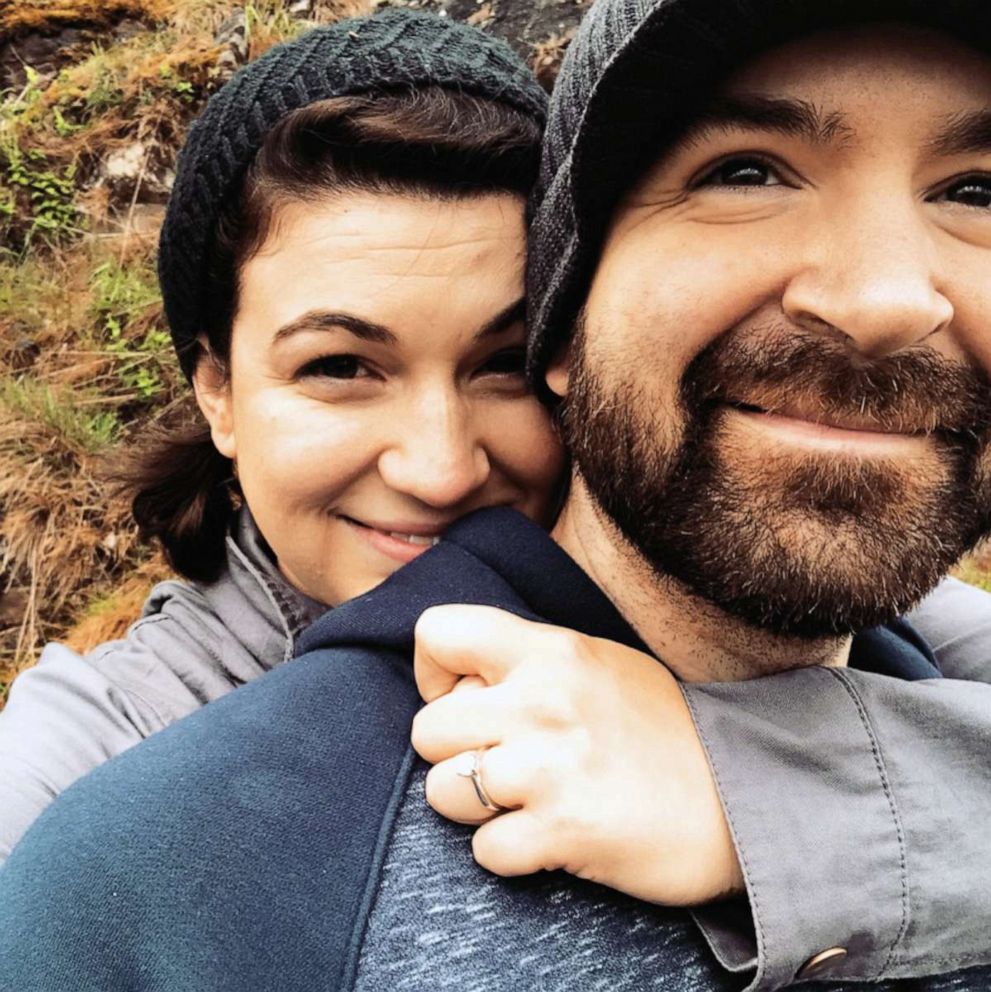
The WheeStroll earned international praise and multiple design awards, including recognition from organizations focused on inclusive innovation. News outlets such as Good Morning America and the Good News Network covered the story, highlighting the students’ thoughtful engineering and social impact. Teachers at Bullis School said the project became a shining example of how education can empower students to change lives. One wheelchair stroller at a time.
A Model for Inclusive Design
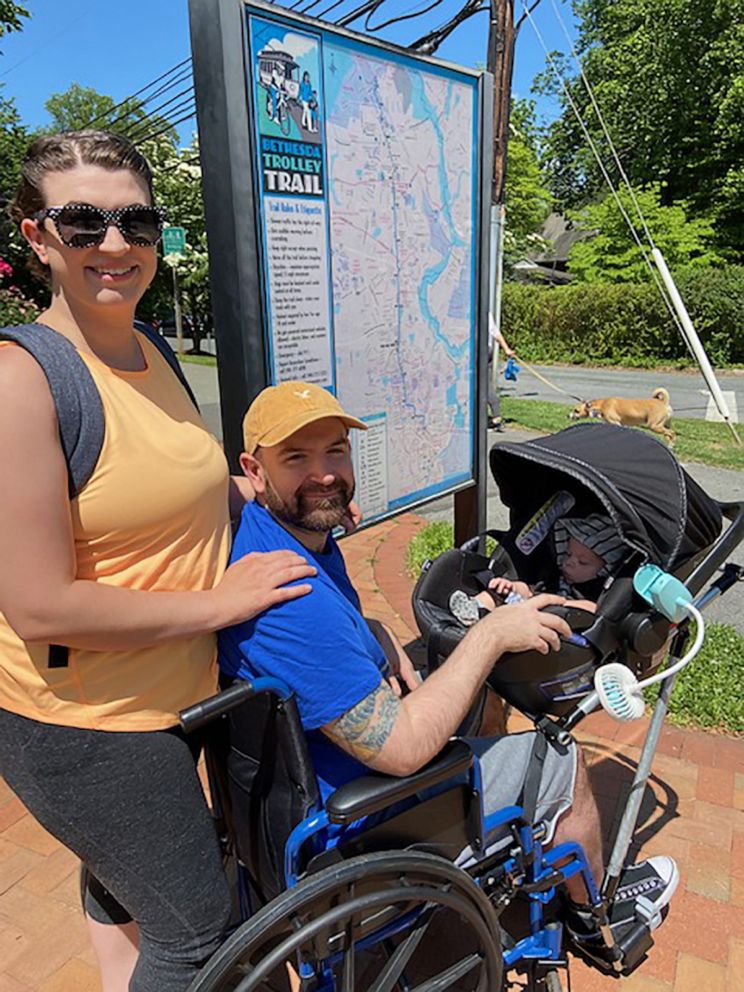
This story reveals the deep need for more inclusive design in everyday products, especially for parents with disabilities. The success of the WheeStroll shows that innovation does not have to come from large companies. It can be driven by students, families, and communities who see a need and step up to solve it. The Kings hope that their story will raise awareness and encourage others to consider how accessible parenting tools can be better integrated into society.
Read More: Wife Calls Husband About “Man at the Door” that’s Been Watching Him and Wheelchair-Bound Daughter
